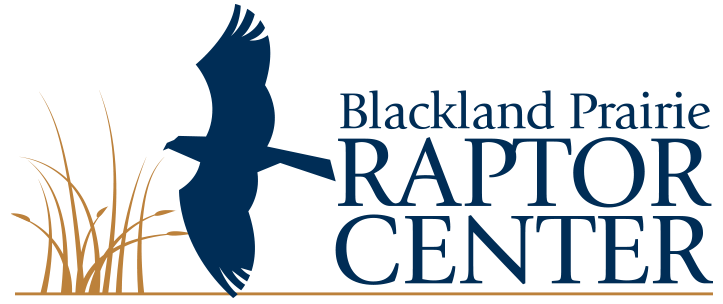
Conservation & Restoration Efforts
Blackland Prairie Raptor Center’s campus sits on 66 acres of land along the shores of Lavon Lake. Before commercial and housing development and agriculture initiatives, the land was pristine Blackland Prairie – a temperate grassland ecoregion named after its dark, rich soil. The Blackland Prairie, in its prime, provides a rare native habitat for birds, butterflies, insects, reptiles, and other wildlife that live only in prairie environments. Additionally, the Prairie is a critical hunting ground for migratory birds. With less than 0.1% of the original Blackland Prairie vegetation remaining, scattered across Texas in parcels, our Center is committed to restoring our 66-acre campus to its original state, supporting local and migratory raptors and all other wildlife. The campus is a sanctuary for native plants and wildlife and serves as a teaching tool.
The Blackland Prairie
The hallmark of the Blackland Prairie tallgrass ecoregion is the richness of its unique biodiversity. This ecoregion spans 12.6 million acres and is home to an abundance of birds, mammals, insects, reptiles, amphibians and plants. Today, per Texas Parks and Wildlife, a mere 5,000 acres remain under native cover, making the Blackland Prairie one of the most endangered ecosystems in North America. The prairie grasses and wildflowers formed the foundation, and its destruction has consequences. The most basic is the loss of habitat for native species, not just plants, but all species. When the habitats are lost, the former inhabitants disappear with them. The future of the Blackland Prairie depends upon preservation of still surviving remnants and the restoration of Blackland vegetation on other sites. Such preserves provide a place for remaining native populations to survive. Preserves help scientists and land managers understand the functioning of the prairie ecosystem and serve as a source of seeds for efforts to restore native species elsewhere. Only through restoration efforts can the Blackland Prairie be brought back to places where it has been destroyed. Successful restoration would not only benefit native species but would also reestablish the ecological conditions of historic Blackland prairies.
Ecosystem services prairies provide for our community:
1) Healthy prairie regulates water quality. Rain water and water from surrounding impervious surfaces is absorbed into the soil. It then flows through the soil horizons, along the roots of the plants both of which act as a filter. The soil and plant roots together help to remove impurities that come from roadways, roadsides and residential areas. This is very important as it helps to improve the quality of the water in Lake Lavon.
2) Healthy prairie regulates the supply of water. As the water is absorbed into the soil, it does not travel on the surface which eliminates erosion and prevents waterways from becoming silted. Because the water is traveling through the soil and across the roots of plants, it is slowed down and reaches the streams/creeks/rivers at a more moderate, consistent flow rate. This helps to prevent flashiness, which leads to flooding and erosion along the waterways. Major benefits to Lake Lavon as prairies are helping to prevent silting of the lake, and helping to prevent flooding.
3) Healthy prairie acts as a carbon sink. The plants, during photosynthesis, take in atmospheric carbon. Some of this carbon is deposited into the soil via the roots. Soil carbon decomposes more slowly and is thus kept out of the atmosphere for longer. At a global level, soil stores ~2,000 billion tons of carbon at any given time.
![5[1]](https://bpraptorcenter.org/wp-content/uploads/2023/07/51-2.png)
![6[1]](https://bpraptorcenter.org/wp-content/uploads/2023/07/61-2.png)
![7[1]](https://bpraptorcenter.org/wp-content/uploads/2023/07/71-3.png)
![8[1]](https://bpraptorcenter.org/wp-content/uploads/2023/07/81-3.png)

